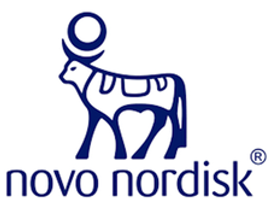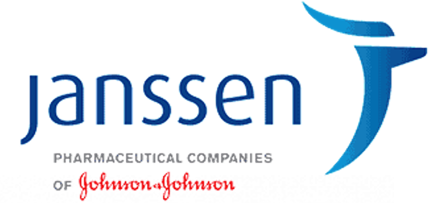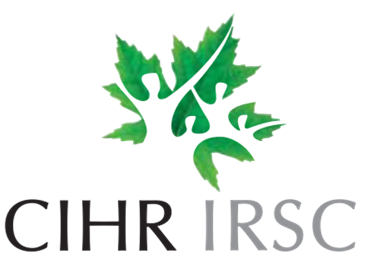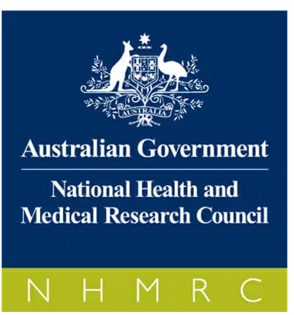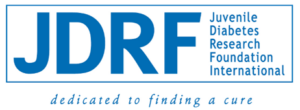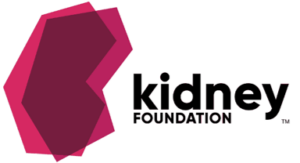Optimizing the human translatability of preclinical research
with 25 years of discovery and research in fibrotic disease
At MatrileX, we specialize in the preclinical assessment of fibrotic diseases enhancing the translatability of animal models through clinically relevant outcomes
The Problem
The transition from preclinical research to clinical trials is a critical phase in drug and intervention development. It is, however, fraught with challenges that often lead to high failure rates. Key problems underlying the poor translatability include the reliance on overly simplistic models with minimal relevance to the human context and choice of outcome measures that are largely irrelevant to those used in clinical trials.
The Matrilex Solution
Matrilex is a led by MD PhDs with a broad range of clinical and preclinical experience, focusing on a small number of orphan diseases such as Alport syndrome, primary (autoimmune) sclerosing cholangitis, interstitial lung disease/idiopathic pulmonary fibrosis (ILD/IPF) and scleroderma as well as more common entities like chronic kidney disease (diabetic and non-diabetic) and heart failure with reduced (HFrEF) and preserved ejection fractions (HFpEF).
Orphan Fibrotic Diseases
Fibrosis is a final common pathway for many diseases leading to injury and dysfunction and ultimately organ failure. Among them are a group of relatively uncommon (orphan) diseases that are less well-studied and for which no or only minimally effective therapies exists.
ALPORT SYNDROME
Alport syndrome is a genetic form of kidney disease due to an abnormality of the gene coding for type 4 collagen. It is characterized by hematuria, proteinuria and impaired kidney function (reduced glomerular filtration rate, GFR). Although autosomal recessive and dominant patterns are described, 80% follow an X-linked pattern of inheritance. There are no specific treatments for Alport Syndrome though agents that block the renin-angiotensin system such as ACE inhibitors and ARBs are helpful. However, chronic kidney disease still advances rapidly in affected men with 90% developing end-stage renal disease (ESRD) before 40. In women carrying an affected X-chromosome, the disease advances more slowly but by age 60, 40% will have ESRD requiring dialysis or transplantation to preserve life.
PRIMARY (AUTOIMMUNE) SCLEROSING CHOLANGITIS
Primary sclerosing cholangitis (PSC) is an uncommon chronic liver disease affecting approximately 160/million population. It is characterized by inflammation, fibrosis, and stricturing of bile ducts that frequently progresses to liver failure and cancer (cholangiocarcinoma). Age at diagnosis is often around 30-40 years of age, it more commonly affects men and is closely associated with inflammatory bowel disease (ulcerative colitis and Crohn’s). There are no specific treatments and recurrence after transplantation frequently occurs.
Pulmonary fibrosis
Pulmonary fibrosis (IPF) is a chronic interstitial lung disease (ILD) in which progressive scarring (fibrosis) develops in the tissue surrounding the air sacs, or alveoli i.e. the interstitium. It may be either idiopathic (no known cause) in which cased it is referred to as IPF, or may be the consequence of other diseases such as scleroderma or SLE-related ILD. IPF typically presents in the sixth decade of life with shortness of breath (dyspnea) and cough. The disease progresses rapidly in the majority of patients with IPF such that the median survival is 5 years despite the use of approved anti-fibrotic drugs, pirfenidone and nintedanib.
Heart Failure
Heart failure is characterized by the heart’s inability to pump blood commensurate with the body’s needs leading to fluid retention with shortness of breath (dyspnea), swelling (edema) and fatigue.
The condition affects approximately 2% of the population making it a leading cause of disability, poor life quality and hospital admissions throughout much of the developed world. And despite currently available treatments, heart failure still carries a 35% risk of death within a year of diagnosis, a prognosis worse than many cancers.

Contractors, COLLABORATORS, GRANTING AGENCIES
